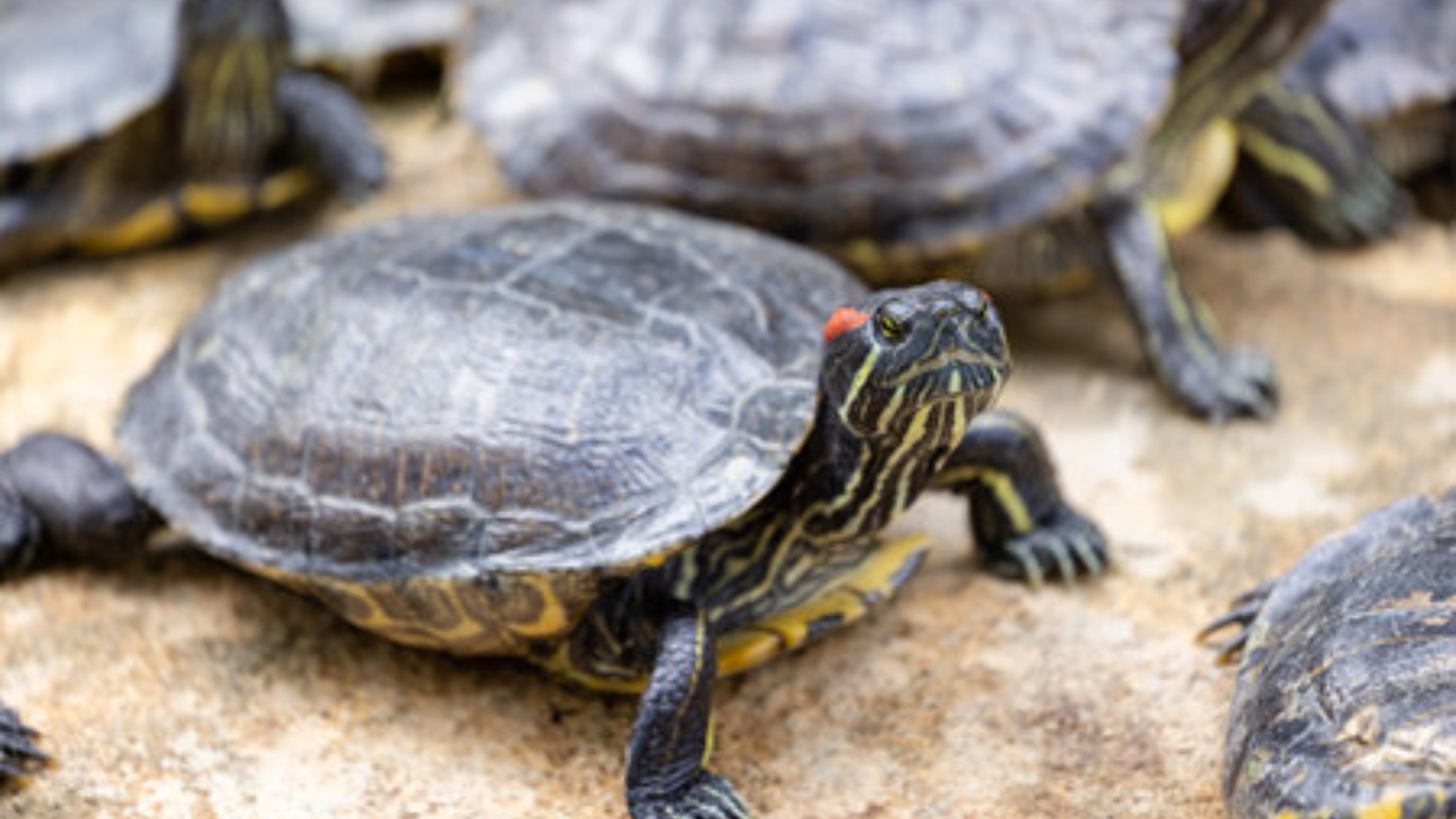What would happen if I told you that the Amazon has been keeping a secret that no one could tell? And I mean that literally. Conservationists discovered a nesting area with 41,000 South American giant tortoises that had not been counted in surveys for years. This is a species of reptile that is considered threatened, and is known for the social gatherings that occur every year in the Guaropé River, on the border between Brazil and Bolivia. In light of this fact, researchers from the University of Florida decided to address the issue by devising a counting method to replace the traditional counting.
They wanted to avoid the two most common mistakes of traditional methods: that not all specimens were present, and that the same turtle was counted multiple times. They implemented a method through which they painted the shells of 1,200 turtles, allowing them to create a controlled sample. They used drones that captured 1,500 turtles during 4 daily flights, and developed a statistical model based on probability, which estimated the number more accurately.
This is how they obtained a more reliable figure of 41,000 turtles, making it the largest aggregation in the world. Now there are plans to use the same method with turtle populations from other countries such as Colombia, Peru, or Venezuela. This will allow for better and greater control of existing species and takes a further step towards better conservation.
Giant South American river turtles
It is the largest freshwater turtle in Latin America, which feeds on vegetation and nests on beaches. It is also known as the giant Amazon river turtle or Arrau, and unfortunately, it is endangered. Recently, a nesting area for this species has been discovered in a remote part of the Amazon, which researchers say has eluded counts for years. It is estimated that there are around 41,000 turtles, which are also known for the gatherings that occur in the Guaropé River each year, right on the border between Brazil and Bolivia.
How are the counts of these species done?
Traditional counting methods have caused more than one headache for researchers. There were two situations that posed a problem when conducting the counts. On one hand, it was not known whether all the turtles were present at the time of the count, and on the other hand, if the same turtle had been counted twice. It was truly madness. The numbers they obtained were completely disparate, so they had to find a solution and implement another method.
New counting methods
It was the researchers from the University of Florida who took the initiative. First, the team decided to paint the shells of 1,200 turtles white, in order to have a controlled sample. Four daily drone flights were scheduled over 12 days, during which approximately 1,500 images were taken in each flight. This allowed them to analyze where the turtles were, whether they were moving or stationary. The results were published in the Journal of Applied Ecology.
Additionally, they developed a behavior-based probability model that took into account the two assumptions that had previously caused so many problems. In this way, the figure was estimated, obtaining 41,000 specimens. According to researchers, this is one of the largest turtle nesting aggregations ever recorded in the world.
What now?
The success of this new counting method was more than evident, so the team is considering the possibility of using it on turtle populations in other countries such as Colombia, Peru, or Venezuela. This will help to have clearer patterns both of behavior and control of these endangered species, so that much more effective and safe conservation can be carried out.





